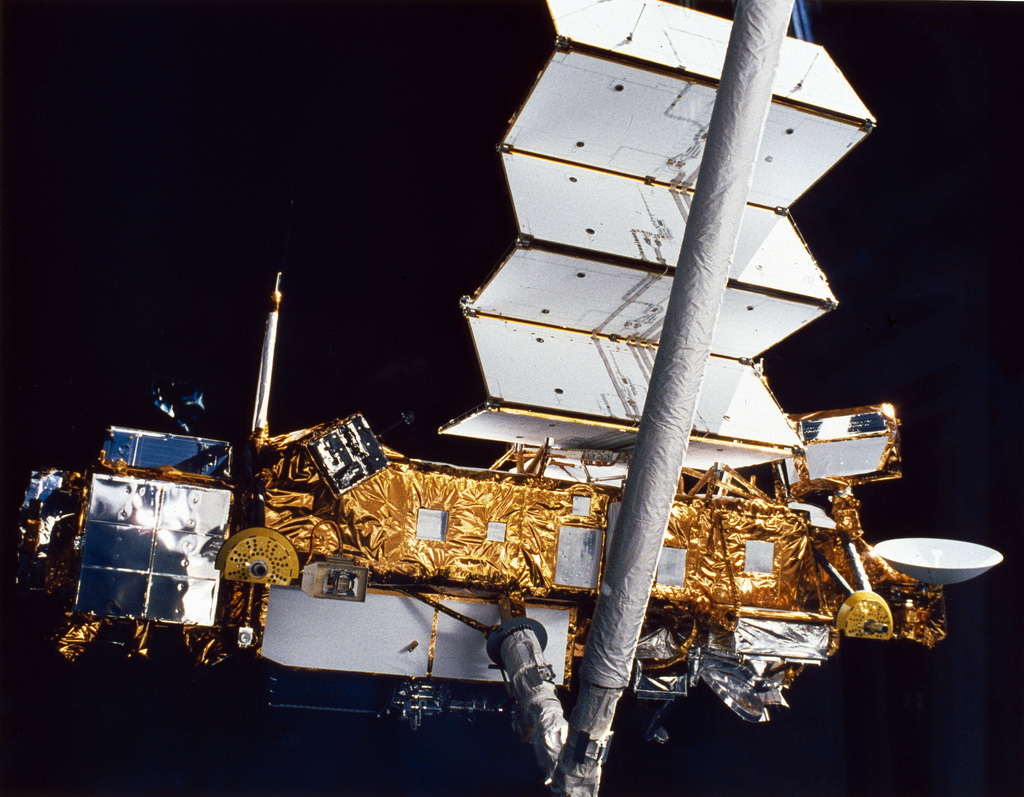Satellite Hacking: A Closer Look to the Sky

Satellites are vital to sustaining the current balance in the global economy, society, and advanced militaries. As such, states are increasingly recognizing satellites as critical infrastructure. They provide a significant role in climate and natural disaster monitoring, communication, early warning systems, global broadcasting, meteorology, navigation, precision strikes, reconnaissance, remote sensing, surveillance, and the advancement of science and understanding.
1. Introduction
A significant disruption to satellite services would have damaging effects on society. Limiting the information given might be due to security concerns or a lack of attention span on the part of its intended audience; however oversimplification gives the impression that an individual hacker sitting at their computer can access satellites with a few simple keystrokes. Conversely, it might lead others to dismiss the topic as fiction when there is a credible threat that needs to be addressed.
This article investigates key questions relevant to the topic of satellite hacking: What is the structure of satellite systems? What does it mean to ‘hack’ a satellite? And why are these systems vulnerable to hacking?
2. The Structure of Satellite Systems
In order to better address satellite hacking, it is first necessary to have an understanding of how satellites work. Most satellite systems conform to a broad template, which consists of the satellite itself, a tracking, telemetry, and control (TT&C) ground station, communications ground stations, and uplinks and downlinks between these ground stations and the satellite.
The satellite itself is composed of a bus and payload. The payload is usually a collection of electronic devices specific to that satellite’s desired function. For example, a surveillance satellite would contain imaging equipment, while the payload for a communications satellite would include transponders for receiving and relaying signals such as telephone or television. The bus is the platform housing the payload; this includes equipment for manoeuvring, power, thermal regulation, and command and control.
TT&C ground stations “perform tracking and control functions to ensure that satellites remain in the proper orbit and to monitor their performance. Communications ground stations process imagery, voice, or other data and provide, in many cases, a link to ground-based terrestrial network interconnections
Djekic M (2014-05-21 00:15:25). Satellite Hacking: A Closer Look to the Sky. Australian Science. Retrieved: Apr 12, 2024, from http://australianscience.com.au/technology/satellite-hacking-a-closer-look-to-the-sky/
 Follow
Follow